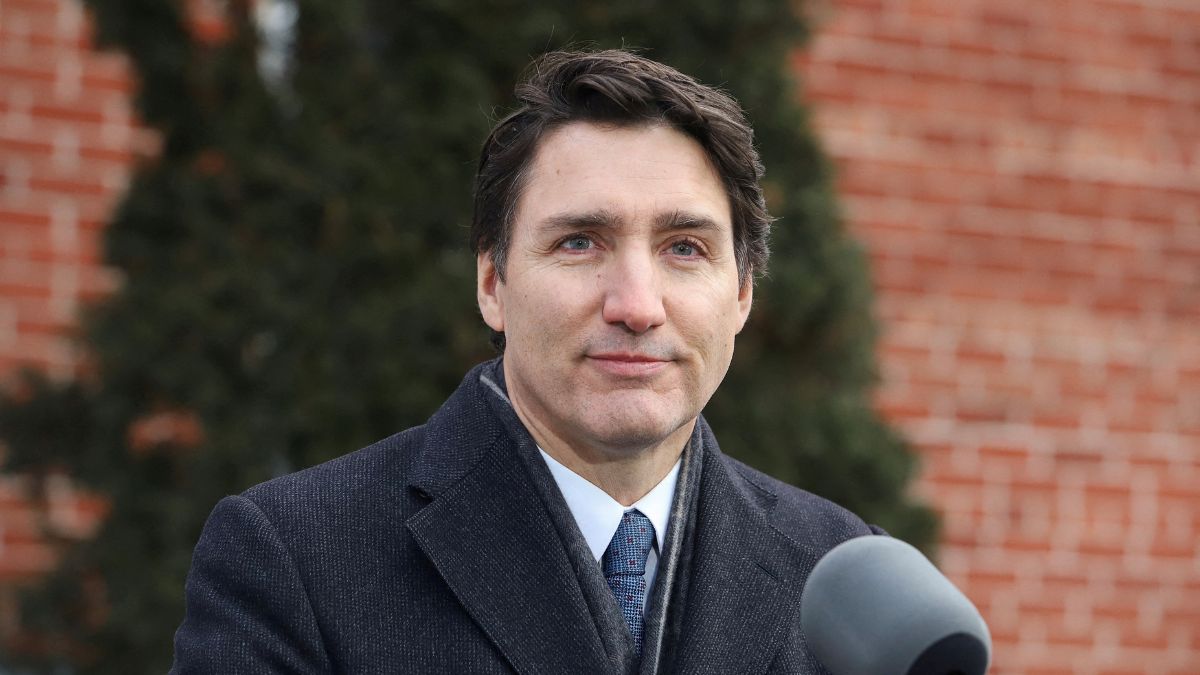After nearly a decade in power, Justin Trudeau’s decision to resign as Canada’s prime minister leaves significant questions about the future of the Liberal Party, the timing of the next federal election, and the country’s political direction.
With Parliament suspended and leadership discussions intensifying, Canada finds itself at a crossroads.
Trudeau’s intention to resign as prime minister and leader of the Liberal Party marks the end of an era that began with his 2015 victory, which revived the Liberals after years in opposition.
Despite staying on until a successor is chosen, Trudeau’s decision reflects growing dissatisfaction with his leadership, both within his party and among the public.
His government faced criticism on multiple fronts:
Economic challenges: Inflation reached 8 per cent in the aftermath of the pandemic, although it has since receded below 2 per cent. Unemployment remains stubbornly high at 6.4 per cent, and his carbon-tax policies have been a rallying point for Conservative criticism.
Housing affordability: Soaring housing costs in cities like Toronto, Vancouver, and Montreal have made homeownership and renting increasingly unattainable for many Canadians.
Immigration strains: With nearly three million immigrants arriving in the past three years, Trudeau admitted his government struggled to balance labour needs with population growth, straining services like healthcare.
Scandals: Ethics controversies, including the SNC-Lavalin affair and resurfaced images of Trudeau in blackface, further damaged his credibility.
Party infighting: The resignation of Chrystia Freeland , his deputy prime minister and finance minister, highlighted rifts within the Liberal Party. Her abrupt departure last month came after Trudeau reportedly attempted to demote her in a Zoom call, a move she rejected.
As his approval ratings dwindled and internal dissent grew, Trudeau’s grip on power weakened. His resignation may provide the Liberal Party an opportunity for renewal, but it also raises urgent questions about the path forward.
What will happen to Parliament?
To facilitate the leadership transition, Trudeau requested the prorogation of Parliament, suspending its current session until March 24.
Prorogation halts all legislative activities, including debates and votes, but does not dissolve Parliament. This pause allows the Liberals to focus on choosing their next leader while maintaining essential government functions.
When Parliament resumes, the Liberal government will face an immediate test. A confidence vote, expected soon after the session begins, could determine whether the Liberals remain in power. Given their minority status and the opposition’s intent to bring them down, a federal election is highly likely.
Canada’s next general election is constitutionally mandated to occur by October, but opposition parties could trigger an earlier vote, possibly in May. If the government survives initial confidence votes, it could still face defeat during key legislation, such as the budget expected in April.
Who will succeed Trudeau in the Liberal Party?
The Liberal Party now faces the critical task of selecting a new leader to rebuild public trust and prepare for an election. Several high-profile figures have emerged as potential contenders:
Chrystia Freeland: Former deputy prime minister and finance minister, Freeland has long been seen as a potential successor but resigned amid tensions with Trudeau.
Mark Carney: A former governor of the Bank of Canada and the Bank of England, Carney is regarded as a strong contender but would need to secure a parliamentary seat.
Mélanie Joly: The foreign minister since 2021, Joly has experience in key diplomatic roles and remains a prominent figure within the party.
Dominic LeBlanc: Currently the finance minister, LeBlanc stepped into the role after Freeland’s resignation and is seen as a steady hand.
The leadership contest could take months, but the Liberals are under pressure to expedite the process. The party risks going into the next election with Trudeau still at the helm if the timeline is prolonged.
Is it advantage Conservatives now?
The Conservative Party, led by Pierre Poilievre , stands to gain significantly from the Liberal Party’s turmoil. Poilievre has branded himself as an everyman, contrasting sharply with Trudeau’s image. His criticism of Liberal policies, particularly on inflation and housing, has resonated with voters.
Polls currently show the Conservatives holding a double-digit lead over the Liberals. If an election were held today, they are projected to win decisively.
NDP leader Jagmeet Singh has also pledged to bring down the Liberal government, regardless of who leads the party. His stance further increases the likelihood of an early election.
Where does the US come into this?
Adding to the political drama, former US President Donald Trump has not shied away from commenting on Canada’s developments.
Trump has criticised Trudeau’s leadership and even suggested Canada should merge with the US to become its “51st state.” While such remarks are largely symbolic, they underscore the challenges Trudeau faced on the global stage.
Elon Musk reacted to Trudeau’s announcement with a post on X, saying “2025 is looking good.”
Trump also celebrated the announcement with a post saying: “If Canada merged with the U.S., there would be no Tariffs, taxes would go way down, and they would be TOTALLY SECURE from the threat of the Russian and Chinese Ships that are constantly surrounding them. Together, what a great Nation it would be!!!”
The Liberal Party must quickly choose a leader capable of rallying the party and connecting with voters. Meanwhile, the opposition parties are poised to capitalise on public dissatisfaction, making the next federal election in Canada one of the most consequential in recent history.
With inputs from agencies


)

)
)
)
)
)
)
)
)



